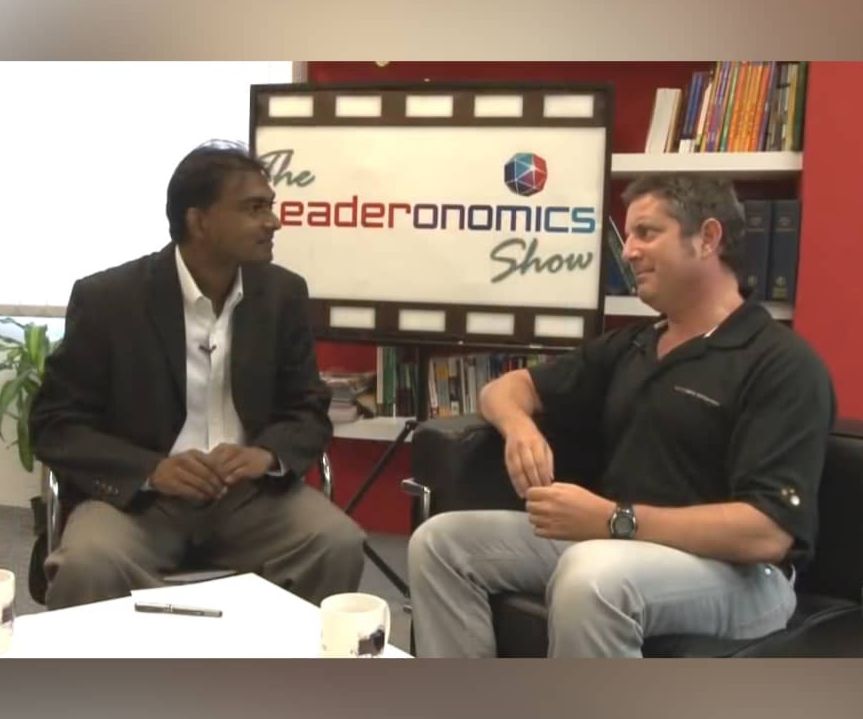‘Helping People Change’ Offers Compelling Case for Compassion

What does it take to get the best out of someone? How do teachers, therapists, and leaders work with people to help them fulfil their potential?
These are the kinds of questions that have inspired decades-long research by Professor Richard Boyatzis and colleagues as they sought to piece together the puzzle of effective leadership.
Boyatzis is a distinguished professor in organisational psychology, based at Case Western Reserve University, Ohio, with more than 150 research articles on leadership under his belt. His latest book, Helping People Change: Coaching with Compassion for Lifelong Learning, is co-written with colleagues, Professors Melvin Smith and Ellen Van Oosten, and takes an in-depth look at how those in positions of leadership can help people create a personal vision for their ideal future.

The book looks to answer a central question: “You’re trying to help – but is it working?” Over the years, plenty has been written about effective leadership, and so Helping People Change might be seen as ‘just another book on leadership’. On the contrary, it blends a wealth of valuable research, pertinent anecdotes, and practical guides that come together to drive home how leaders can genuinely foster lasting positive change in the people they support.
Traditionally, leaders might have chosen the carrot-and-stick approach to coaching (some using more stick than carrot), which describes a method of persuasion that uses both the promise of reward and the threat of punishment. The image that comes to mind is that of a donkey or mule being coerced to comply to move in the direction its master desires.
You may be interested in: Carrot And Stick
In Helping People Change, the authors argue that this outdated mode of leadership – coaching for compliance – is likely to lead to a workforce that’s withdrawn, defensive, and disengaged. Instead, leaders should coach with compassion, which might sound like a fluffy ideal, but the research points strongly to the benefits of compassionate leadership for both employees and their organisations.
Using his Intentional Change Theory model, Professor Boyatzis outlines five key stages that comprise effective leadership.

Boyatzis Intentional Change Theory Model. Taken from An overview of intentional change from a complexity perspective
The first builds a solid foundation by helping the individual to develop their ideal self through the creation of a personal vision, which sets the stage for transformational change.
Boyatzis argues that leaders who ask questions such as “What is important in your life?”, “What kind of purpose would you like to serve?” empowers employees to visualise a meaningful future and a belief that they can attain it.
Research conducted by Boyatzis and colleagues suggests that people make a deep emotional commitment to change when they create an image of their ideal self and can see the possibility of working towards it.
Conversely, when leaders coach for compliance, they use ‘should’ and ‘must’ statements and tend to focus on weaknesses in need of improvement rather than strengths that can be harnessed. This is what leads to defensiveness and disengagement: leaders might be well-meaning in their attempts to help people improve, but coaching for compliance leads to undesirable outcomes for all concerned.
Related article: Coaching With Compassion vs Coaching For Compliance
As well as outlining the research and theory of change in a manner that’s accessible and engaging to the reader, the authors present several intriguing case studies. Stories include an alarming tale about a young boy who was erroneously put into special needs classes due to his teachers’ false assumptions that he was troubled rather than inquisitive.
Another explores the frustrating struggle of a football player whose passion really lay in running. Once she was able to shift her focus, her commitment and development soared to greater heights as she connected with something that brought her immense joy.
Helping People Change presents a powerful case for compassion in leadership, inviting leaders to recognise the importance of emotion that facilitates change. As the authors write:
“To be an effective coach or successfully work in a helping role of any kind, you can’t get around the critical role that emotions play in people’s change efforts. Coaches need to become experts at recognising and skilfully managing the emotional flow of the coaching process.”
By picking up this book, you will gain insights into what truly makes people tick and help them to create their best selves. For anyone in leadership or the helping professions, Helping People Change is a resource that’s rich in key learnings from esteemed researchers who know what it takes to be a compassionate, effective and resonant leader.
Leadership
Tags: Executing Leadership





